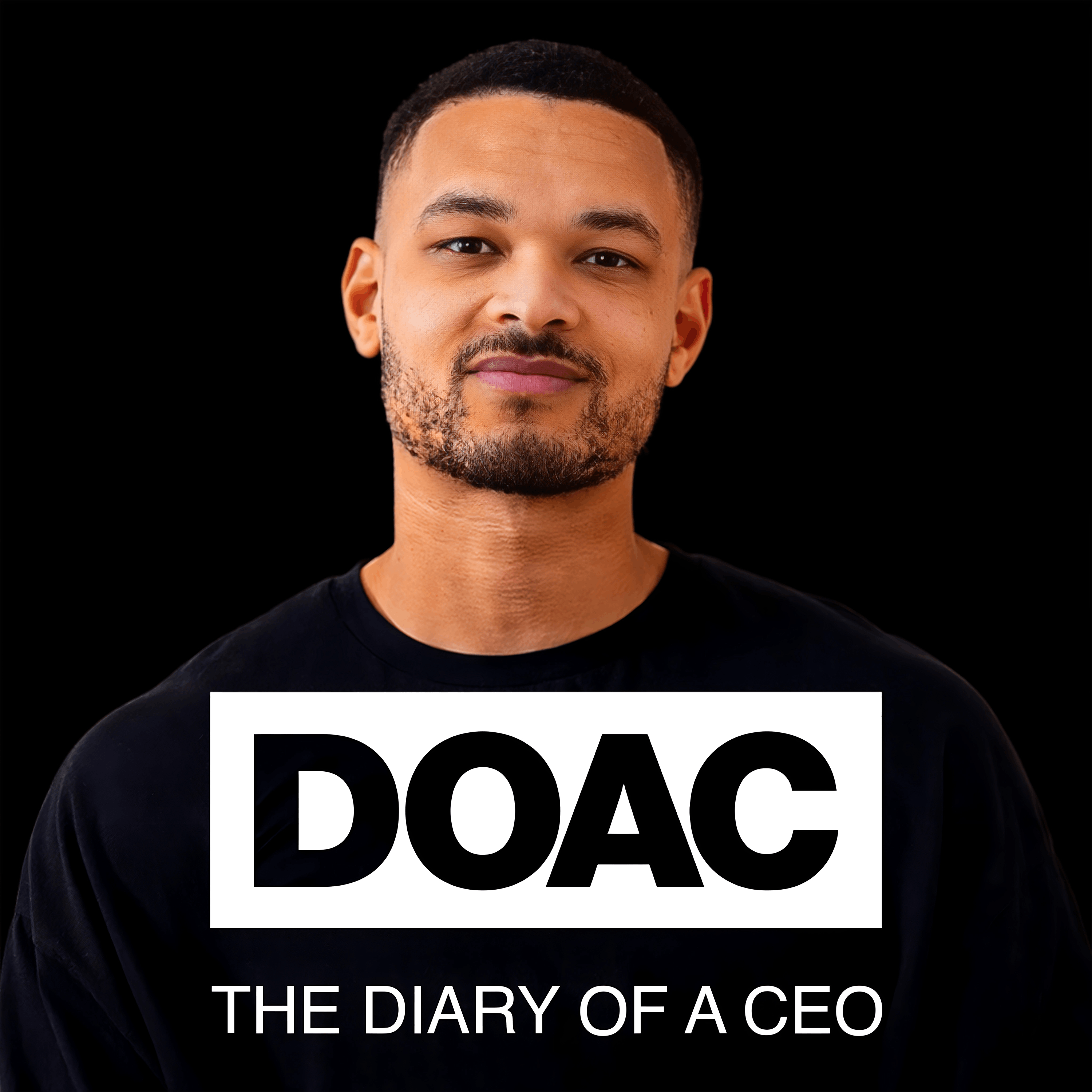
Heliox: Where Evidence Meets Empathy 🇨🇦
Join our hosts as they break down complex data into understandable insights, providing you with the knowledge to navigate our rapidly changing world. Tune in for a thoughtful, evidence-based discussion that bridges expert analysis with real-world implications, an SCZoomers Podcast
Independent, moderated, timely, deep, gentle, clinical, global, and community conversations about things that matter. Breathe Easy, we go deep and lightly surface the big ideas.
Curated, independent, moderated, timely, deep, gentle, evidenced-based, clinical & community information regarding COVID-19. Since 2017, it has focused on Covid since Feb 2020, with Multiple Stores per day, hence a sizeable searchable base of stories to date. More than 4000 stories on COVID-19 alone. Hundreds of stories on Climate Change.
Zoomers of the Sunshine Coast is a news organization with the advantages of deeply rooted connections within our local community, combined with a provincial, national and global following and exposure. In written form, audio, and video, we provide evidence-based and referenced stories interspersed with curated commentary, satire and humour. We reference where our stories come from and who wrote, published, and even inspired them. Using a social media platform means we have a much higher degree of interaction with our readers than conventional media and provides a significant amplification effect, positively. We expect the same courtesy of other media referencing our stories.
Heliox: Where Evidence Meets Empathy 🇨🇦
A History of Timekeeping: Our Obsession With Time Is Both Ancient and Modern
Your phone buzzes. Another meeting reminder. A calendar notification. A timer for that thing you were cooking.
If you're like most people, you experience dozens of these little time-related interruptions daily. We're practically swimming in them, these constant reminders that our modern lives are utterly, completely governed by precise measurements of time.
But here's the kicker: this relationship with time isn't just some modern affliction. It's ancient. It's primal. And it reveals something profound about how humans have always tried to control their environment.
We've Always Been Obsessed With Time
Long before the first Apple Watch or even the first mechanical clock, humans were watching the sky with the intensity of scientists. Those early timekeepers—our ancestors tracking lunar cycles, noting solstices, predicting floods—weren't just being practical. They were trying to do exactly what we do now: gain control by understanding patterns.
When an ancient Egyptian priest watched the Nile's annual flooding or a Babylonian astronomer tracked Venus across the night sky, they were engaging in the earliest form of time management. Their survival literally depended on it. ... continue reading the article
This is Heliox: Where Evidence Meets Empathy
Independent, moderated, timely, deep, gentle, clinical, global, and community conversations about things that matter. Breathe Easy, we go deep and lightly surface the big ideas.
Thanks for listening today!
Four recurring narratives underlie every episode: boundary dissolution, adaptive complexity, embodied knowledge, and quantum-like uncertainty. These aren’t just philosophical musings but frameworks for understanding our modern world.
We hope you continue exploring our other podcasts, responding to the content, and checking out our related articles on the Heliox Podcast on Substack.
About SCZoomers:
https://www.facebook.com/groups/1632045180447285
https://x.com/SCZoomers
https://mstdn.ca/@SCZoomers
https://bsky.app/profile/safety.bsky.app
Spoken word, short and sweet, with rhythm and a catchy beat.
http://tinyurl.com/stonefolksongs
Curated, independent, moderated, timely, deep, gentle, evidenced-based, clinical & community information regarding COVID-19. Since 2017, it has focused on Covid since Feb 2020, with Multiple Stores per day, hence a large searchable base of stories to date. More than 4000 stories on COVID-19 alone. Hundreds of stories on Climate Change.
Zoomers of the Sunshine Coast is a news organization with the advantages of deeply rooted connections within our local community, combined with a provincial, national and global following and exposure. In written form, audio, and video, we provide evidence-based and referenced stories interspersed with curated commentary, satire and humour. We reference where our stories come from and who wrote, published, and even inspired them. Using a social media platform means we have a much higher degree of interaction with our readers than conventional media and provides a significant amplification effect, positively. We expect the same courtesy of other media referencing our stories.
This is Heliox, where evidence meets empathy. Independent, moderated, timely, deep, gentle, clinical, global, and community conversations about things that matter. Breathe easy. We go deep and lightly surface the big ideas. We all live by the clock, right? Checking our phones, scheduling our days. But have you ever just stopped and really thought about how we even came up with measuring something like time? It feels so intangible. It really does. Welcome to the Deep Dive. Today we're going on, well, a journey through the fascinating history of timekeeping. We've looked at everything from ancient records to some pretty cutting edge science. Yeah, the goal here is really to uncover the amazing ingenuity behind how humans have tracked time. From those very first flickers of understanding, you know, watching the sun all the way up to the atomic precision we have now. It's quite something when you consider our earliest relationship with time was completely dictated by the natural world. Right. Think about basic survival, knowing when the days were getting shorter or maybe when rivers might flood, when certain animals would migrate. These were critical calculations. And why fur death stuff, really? All based on just observing the environment around you. Exactly. The rhythm of day and night, the seasons turning. Yeah. Those were the original timekeepers. And even things like tides, you know, governed by the Earth's rotation and the moon's orbit. Crucial for coastal communities. It's almost like this symbiotic relationship. It really was. And can you imagine those first humans looking up at the sky? Yeah. The phases of the moon, the constellations moving so slowly, and then something like a total eclipse. The sheer wonder, maybe even, you know, fear. Without any prior knowledge to explain it. Yeah. Figuring those patterns out must have felt groundbreaking, truly. And what's really interesting is that in those early societies, time wasn't just practical. It was deeply woven into their social and spiritual lives. How so? Well, rituals, storytelling, big community gatherings, they often lined up with celestial events like a full moon or the solstices. Life wasn't chopped up into rigid schedules like ours. It flowed more organically, you mean? With the environment and community set? Precisely. A world away from our packed calendars today. It really is. Yeah. Okay, so how did we make the leap from just watching these natural cycles to actually building devices to measure time? I guess the first tools would try to mimic that sort of continuous flow we saw in nature. That's exactly the progression. The earliest devices tried to overcome the limitations of just, well, watching. Take the sundial. Ah, yes, the classic. Appearing in ancient Egypt and Babylon, maybe around 1500 BCE, it was an ingenious idea, using the sun's shadow to divide the daylight hours into segments. So, our first time machines weren't really machines at all, just clever ways of using the Earth's movement. That's right. This fundamental link between the planet's cycles and our idea of time, it shaped everything for centuries. You've got that triangular pointer, the gnomon? Casting its shadow on a marked dial. Simple, but effective. But obviously the big drawback. No sun, no time. Exactly. Cloudy days, nighttime. Useless. Which naturally must have pushed people to invent something else. It did. It led to water clocks or eclipsidras. These advices allowed time measurement without sunlight by controlling a steady flow of liquid. Okay, so water dripping or flowing. Right. And what's really remarkable is how sophisticated they got quite early on. There was Ctespius of Alexandria back in the 3rd century BCE. What did he do? He incorporated things like gear wheels and even a pointer, a dial indicator, to show the time more clearly. That's early mechanization right there. Wow, gears and pointers that long ago. Amazing. And then there were other approaches too, right, like incense clocks? Yes, from ancient China. A really beautiful concept, actually. Imagine time being marked by the slow, steady burn of fragrant incense. That sounds incredibly serene. It was. Sometimes they'd even have different sense marking different periods or little bells that would be triggered at intervals. Very common in Buddhist and Taoist temples for meditation timing. A much more sensory way to track time passing. So we're seeing this move from watching the big cosmos to trying to harness these smaller, more controllable natural processes. Exactly. And that brings us to the astrolabe, developed first by Greek astronomers, but then really refined by Islamic scholars. Ugh, the astrolabe. I've seen pictures incredibly intricate looking. They were. Sophisticated instruments. You could determine both the time and celestial positions by aligning rotating parts with stars or the sun. So it was more than just a clock. Much more. It could calculate local time, figure out your latitude, even track and predict astronomical events. Absolutely crucial for navigation, especially during the Age of Exploration, before really accurate clocks were available for ships. A vital scientific tool then, as well as a navigator's aid. Definitely. But let's not forget the simpler things, like the candle clock. Right, just marking a candle and watching it burn down. Simple but effective, especially for, say, monks needing to track prayer times through the night. And some even had a clever alarm feature. The nails. Exactly. Embedding metal pegs or nails in the wax so when the wax melted down to that point, clang. It drops onto a metal plate below. I remember reading that funny comment about someone sleeping through three nails hitting the plate. Maybe not the most reliable wake-up call. Huh? Probably not. But still, a basic reliable method in places or times where other options weren't practical. Then, around the 14th century, we see the hourglass emerge. The sand timer. What was special about that? Accuracy mainly for shorter durations. Two carefully shaped glass bulbs connected, allowing a very consistent flow of fine sand. And good for ships, I imagine. Since the rocking wouldn't matter. Precisely. Unlike pendulums later on, the sea's motion didn't affect the sand flow, so they were widely used for timing duties on board. I always think of that scene in Night at the Museum 2. Huh, yes. Keeping the tiny person hostage. But seriously, they were practical tools. Churches used them to keep sermons from dragging on too long. Scientists used them for experiments needing short, precise timing. Durable, easy to use. Okay, so we've gone from nature watching to these continuous flow devices. Sun, water, incense, sand. What was the next massive leap? The real revolution, the thing that paved the way for modern clocks, was the development of oscillating clocks. And the key piece of tech that made them work accurately was the escapement. Okay, escapement. Let's break that down. What does it actually do? Think of it like the control mechanism, the heart of a mechanical clock. It takes the stored energy from a weight or a spring and releases it in tiny, controlled, regular bursts. Instead of it just unwinding all at once. Exactly. It allows the gears to advance one tooth at a time, controlling the movement of the hands. It's what makes the tick-tock sound. Got it. So what was the first type? The earliest one we know of is the verge escapement. It popped up in medieval Europe, late 13th century. It used a sort of crown-shaped gear wheel and these two little plates, pallets, that rocked back and forth, engaging the teeth. And that enabled the first big mechanical clocks, like church towers. Primarily, yes. They weren't super accurate, maybe losing 15 minutes a day or more, but they were a start. Then came a big improvement in the 17th century. A huge one. The anchor escapement. We're not totally sure if it was Robert Hooke or William Clement, but it was a game changer. Why was it so much better? It reduced friction significantly, and crucially, it allowed for the use of a long, slow-swinging pendulum as the timekeeping element. Much more stable than the earlier verge and foliate system. Ah, so the anchor escapement and the pendulum arrived together. Pretty much hand in hand. And that combination led directly to much more accurate clocks like the classic long case or grandfather clock. And the escapement kept getting refined after that. Oh, yes. Later came things like the detent escapement, vital for those hyper accurate marine clinometers we'll talk about, and the lever escapement, which is still used in most mechanical wristwatches today. But that invention of the escapement itself, absolutely fundamental. Which leads us neatly to pendulum clocks themselves. The grandfather clock is probably the image that springs to mind. For good reason. They were the gold standard for accuracy for about two centuries, from the mid-17th century onwards. All thanks to that regular, predictable swing of the pendulum controlling the clock's gears via the escapement. And the inventor was Christian Huygens in 1656. That's right. He built upon Galileo's earlier observations about how pendulums swing Galileo, noticed the regularity back in the early 1600s, but apparently never finished a working clock design. So Huygens, using that new anchor escapement, created a clock that was vastly more accurate. We're talking errors potentially down to seconds per day compared to many minutes per day for the old verge escapement clocks. A massive leap. And they became widespread pretty quickly. Oh, yeah. In homes, churches, and especially important for science and observatories, they really revolutionized how people lived and worked and how scientists made observations. They laid the foundation for precision timekeeping, even though they'd eventually be surpassed. But that constant human drive for even more accuracy never stops, does it? And the next big frontier, especially for exploration and global trade, was figuring out longitude at sea. Absolutely. The longitude problem was the critical navigational challenge of the 17th and 18th centuries. Finding your latitude, your north-south position, was relatively easy by observing the sun or stars. But longitude, your east-west position. That required knowing the precise time difference between your location and a known reference point, like Greenwich. And for that, you needed a clock that could keep incredibly accurate time for months on end, even on a tossing rolling ship in changing temperatures. Which was a huge ask for pendulum clocks. Impossible, really. So the British government put up a huge prize with the Longitude Act of 1714, a fortune for anyone who could solve it. And there were different approaches, right? Like Tobias Mayer using lunar distances? Yes, observing the moon's position relative to stars. A valid method, complex, but Mayer did crucial work there. He really was, you could say, the GOT of longitude calculations. His widow eventually got some recognition. But the winning solution, the one that really stuck, was mechanical. It was. Thanks to the sheer persistence and genius of an English clockmaker named John Harrison, he spent over three decades wrestling with this problem. 30 years. Incredible dedication. And his final version, the H5 chronometer, finished around 1770, finally proved it could be done. It kept astonishingly accurate time during long sea trials. What were his key innovations? How did he make a clock work so well under those conditions? Several things. He developed temperature compensated balance wheels using different metals that expanded and contracted differently to cancel out timing errors from heat and cold. Clever. He used special materials like lignum vitae wood for bearings to reduce friction. And critically, he used a fast beating high frequency balance wheel instead of a pendulum, which was much less affected by the ship's motion. So a completely different timekeeping heart, essentially. Right. And the impact was profound. Sailors could now reliably determine their longitude by comparing their local noon, determined by the sun, with the time shown on the chronometer, which was kept set to Greenwich time. Fewer shipwrecks, more reliable trade routes, better exploration. Exactly. It boosted global trade and naval power exploration. Marine chronometers became standard, essential equipment on major ships by the early 19th century. It really set the stage for the kind of global navigation we take for granted now with GPS. From purely mechanical marvels to harnessing electricity. Let's talk about electrical clocks. Right. Another significant step. Using electricity offered the potential for, well, greater accuracy and also less maintenance, like constant winding, compared to purely mechanical clocks. And who was behind the first ones? A Scottish inventor, Alexander Bain, gets credit for the first electric clock patent back in 1841. His design used electrical impulses to keep the pendulum swinging. Ah, so still using a pendulum, but electrically powered. In his early versions, yes. It was more about using electricity as the power source and for regulation, making it potentially more efficient and consistent than weights or springs and reducing errors caused by friction in the driving mechanism. And these electric clocks evolved. They did. They became more sophisticated and importantly led to the development of synchronized clock systems. Think about railway networks, factories, radio stations early in the 20th century. They all needed the same time everywhere. Precisely. Electrical master clocks could send signals to control dozens or hundreds of slave clocks, ensuring everyone was on the exact same time. Hugely important for industrial efficiency and scheduling. But then came an even bigger jump in electrical timekeeping. The Quartz Revolution. Truly revolutionary, as our sources say. Invented in 1927 by a Canadian engineer, Warren Marison. Quartz. Why quartz? What makes it so special for clocks? It has some amazing properties. First, it's incredibly stable. Its physical size barely changes with temperature fluctuations. Second, it's piezoelectric. Meaning? Meaning if you apply an electrical voltage to a specifically cut quartz crystal, it vibrates, it oscillates at an extremely precise and consistent frequency. Like a tiny perfect tuning fork. Exactly. And for most quartz clocks and watches, that frequency is typically 32,768 hertz, or cycles per second. That high stable frequency is the key to their accuracy. So much faster and more stable than the mechanical balance wheel or a pendulum. Orders of magnitude more stable. This allowed for clocks and watches that were far, far more accurate than the best mechanical ones, and also much cheaper to produce eventually. Paved the way for digital clocks, obviously, and it's still the core tech in most watches today. Absolutely. But even quartz has its limitations when you need the ultimate, absolute mind-bending precision. Which brings us to atomic clocks. The current pinnacle. These devices are so accurate, they might lose or gain less than a single second over literally millions of years. That's just hard to even comprehend. How do they work? It involves quantum mechanics. It does. They rely on the fact that atoms absorb and emit electromagnetic radiation at extremely specific and stable frequencies when their electrons change energy levels. We can measure these frequencies with incredible precision. The first one was built when? Dr. Harold Lyons built the first one in 1949 using ammonia molecules. But the standard today, the real workhorse, is the cesium atomic clock. Cesium-133. Why that particular atom? It has properties that make it ideal. It has one electron in its outermost shell that's easily excited by a very specific microwave frequency. And it can be easily vaporized at low temperatures, which is useful inside the clock mechanism. So how does the clock use this? Essentially, the clock generates a microwave signal and fires it at a stream of cesium atoms. It then measures how many atoms actually absorb that energy and change their state. The clock adjusts its microwave frequency until it maximizes the number of atoms changing state. That perfect frequency, the one that resonates perfectly with the cesium atoms, is the time standard. So the atoms themselves act like the ultimate unchanging pendulum. In a way, yes. Their natural resonance frequency is the reference. And that frequency for the specific transition used in cesium-133 is defined as exactly 9,192,631,770 cycles per second. So the clock isn't counting seconds that already exist. It's creating the second based on that atomic vibration. Precisely. And because this property is so fundamental and stable, back in 1967, the international scientific community redefined the fundamental unit of time, the SI2nd, based on this exact property of the cesium-133 atom. Wow. And the impact of this? It's massive. This incredible precision allows for global synchronization that underpins so much of modern life. Your smartphone syncing, the entire internet, financial trading systems, navigation systems like GPS, they all rely on this network of atomic clocks keeping perfect time around the world. Speaking of GPS, or GNSS more broadly, let's talk about timing's role there. It's absolutely critical, isn't it? Waterly critical. As our sources mention, every single GNSS satellite up there has multiple atomic clocks on board. They need to maintain practically perfect time. And GNSS doesn't just give you location, it gives you time, too. Yes, it's a time distribution system as much as a positioning system. And those onboard clocks even have to account for relativity. Relativity, how does that come into play? Two ways. First, special relativity. The satellites are moving a very fast relative to us on Earth, and clocks in motion tick slightly slower. Second, general relativity. The satellites are further away from Earth's gravity in a weaker gravitational field, and clocks in weaker gravity tick slightly faster. So you have one effect slowing time down, one speeding it up. Right. And when you combine them, the net effect is that the clocks on the GPS satellites actually run faster than identical clocks on the ground by about 38 microseconds per day. 38 microseconds. That doesn't sound like much. Doesn't sound like much, but light travels about 300 meters in a microsecond. If you didn't correct for that 38 microsecond daily game... Your position would be off. By about 11 kilometers per day, the whole system would be useless within hours. Wow. So how do they correct for it? They use what's called a factory offset. Before the satellite is even launched, the frequency of its atomic clocks is set slightly lower than the standard frequency used on Earth. By how much? By precisely 0.0045674 hertz, it starts at 10.2299999543 megahertz instead of 10.23 megahertz, so that once it's in orbit experiencing those relativistic effects, its clock frequency appears to be exactly 10.23 megahertz from our perspective on the ground. That's incredibly clever, like pre-correcting for a time warp. Exactly. And this incredibly precise synchronized time from the satellites is what allows your receiver, your phone, or GPS device to calculate its distance from multiple satellites. It measures the tiny time delay for the signal from each satellite to arrive. That's the trilateration part. That's trilateration. Knowing the exact time the signal was sent and the exact time it arrived tells you the distance. Get distances from four or more satellites, and you can pinpoint your location. Without that nanosecond-level timing accuracy across the whole system, it just wouldn't work. Amazing. And then you have things like GNSS disciplined oscillators. Right. Those use the super accurate time signals from the GNSS satellites to constantly correct or discipline a high quality local quartz oscillator. This lets ground based systems achieve timing accuracy even better than the raw GNSS signal itself, down into the low nanosecond or even sub nanosecond range, critical for things like telecom networks and scientific instruments. It really shows how layered and interconnected all this precision timing technology is. Okay, let's shift gears slightly. We've talked about how we measure time with increasing accuracy. But what about the units themselves? Hours, minutes, seconds. Where did they come from? It's a fascinating history, and it wasn't straightforward. While we now define the second atomically, the way we divide the day evolved over millennia. The ancient Egyptians, for instance, divided both the daylight period and the nighttime period into 12 segments each. 12 hours of day, 12 hours of night. Sort of, but these hours weren't fixed lengths like ours. Their length varied with the seasons. Summer daytime hours were longer than winter daytime hours. They used sundials for the day and tracked 12 specific stars rising through the night. Why 12, though? Any ideas? Good question. Some theories point to the fact there are roughly 12 lunar cycles, 12 full moons in a year. Another practical idea is that you can count to 12 using the joints on the fingers of one hand thumb tapping each segment. Makes sense for a base 12 system. Interesting. And the idea of equal length hours regardless of season? That didn't really become common until mechanical clocks became widespread around the 14th century. Clocks tick at a steady rate. They don't care if it's summer or winter. Okay, so that's hours. What about minutes and seconds, the smaller bits? For that, we look mainly to the ancient Babylonians. They used a base 60 number system, sexagesimal, for mathematics and astronomy. Base 60. Why 60? Well, 60 is a very convenient number mathematically. It's visible by 1, 2, 3, 4, 5, 6, 10, 12, 15, 20, and 30. Makes fractions easier to handle. Ah, okay. And this base 60 system influenced how later Greek astronomers like Ptolemy measured angles dividing a circle into 360 degrees, then each degree into 60 minutes of arc and each minute into 60 seconds of arc. And that carried over into time. It did. Following the same pattern, the hour was divided into 60 minutes, the pars minuta prima, or first small part in Latin, and then the minute was divided into 60 seconds, the pars minuta secunda, the second small part. Minute and second. From Latin for a first small part and second small part. That makes perfect sense. And that convention stuck, both for time and for measuring angles. So we have these units, but for a long time, the actual time varied from place to place, right? Based on the sun. Absolutely. Before the late 19th century, most places operated on local mean time. Essentially, solar time averaged out for their specific location or a nearby major meridian. Meaning noon was literally when the sun was highest in the sky there. Pretty much. Which meant that if you traveled even a relatively short distance east or west, the local time would be different. Roughly four minutes difference for every degree of longitude you moved. So neighboring towns could easily have different official times. Definitely. It could get confusing. As one source joked, you might need to coordinate lighting your lamps with your neighbor if they were a bit east or west. Must have been particularly chaotic once railroads started connecting places much faster. Oh, it was a nightmare for the railroads. Imagine trying to create a timetable when the time in Philadelphia is different from Harrisburg, which is different from Pittsburgh. Total chaos. The sources mentioned dozens of different railroad times being used just in the U.S. before standardization. Exactly. It was untenable. And often, scientific advances are pushed by military needs, or in this case, the railroads. They needed a unified system. Enter time zones. Who came up with that idea? The person most credited with proposing the system adopted in North America was Charles F. Dowd, a school principal, actually. Around 1870, he proposed dividing the continent into standard time zones. Based on longitude lines. Yes, ideally spanning 15 degrees of longitude each, which corresponds to a one-hour difference in solar time. He initially suggested using Washington, D.C.'s meridian as a reference, but eventually the system aligned with the global standard based on Greenwich Mean Time or GMT. The railroads were on board with this. Yeah, they had to be. The leadership recognized the absolute necessity. So on a specific day, November 18th, 1883, often called the day of two noons, railroads across the U.S. and Canada simultaneously switched over to a new standard system with five zones. All coordinated how? By a telegraph signal sent from the Allegheny Observatory in Pittsburgh precisely at noon based on the 90th Meridian West. Clocks were stopped, reset, and started again on the new standard time. Incredible coordination for the era. Endowed the principle. just an everyday person solving a huge infrastructure problem. It's a great example, yeah. Though interestingly, standard time didn't actually become official U.S. law until the Standard Time Act of 1918. The railroads just do it themselves out of necessity 35 years earlier. Wow. Okay, so that established national time zones. What about the global standard, UTC? Coordinated Universal Time, or UTC, is the modern international standard. It's the successor to GMT, though they're often used interchangeably in casual contexts. And it's based on? It's based on International Atomic Time, TAI. which is a weighted average of time kept by hundreds of highly precise atomic clocks around the world. UTC is kept intentionally within about 0.9 seconds of the old astronomical mean solar time at the Prime Meridian, zero degree longitude, in Greenwich, England. By Greenwich. That was chosen as the Prime Meridian at the International Meridian Conference back in 1884, largely due to Britain's maritime dominance at the time and the quality of the astronomical work done at the Greenwich Observatory. So UTC is this incredibly stable atomic timescale, but it's occasionally adjusted to stay close to the Earth's actual rotation. Exactly. It's the bedrock standard for scientific work, international communications, navigation systems like GPS. Its timestamps are in UTC. It allows the whole world to synchronize. But keeping everything synchronized, keeping atomic time aligned with Earth's slightly wobbly rotation, requires adjustments, right? Let's talk corrections. Indeed. The most familiar one is probably the leap year. Adding February 29th every four years. Mostly. Mostly. Because the Earth's orbit around the sun isn't exactly 365.25 days, it's slightly less. So we add a day every four years, except for years divisible by 100, unless they're also divisible by 400. Like the year 2000 was a leap year, but 1900 wasn't. Right. Gets a bit complicated, but it keeps the calendar aligned with the seasons over the long haul. What about smaller adjustments? Leap seconds. Ah, leap seconds. Those are a bit more controversial nowadays. They are single seconds occasionally added or theoretically subtracted, though that's never happened, to UTC. Why add a whole second? To keep UTC, our atomic timescale, closely aligned with UT1, which is time based on the actual rotation of the Earth. The Earth's rotation isn't perfectly constant. It slows down very slightly and irregularly due to things like tidal friction, geological events, even climate patterns. So atomic clocks are too steady compared to the Earth. You could say that. Atomic clocks just keep ticking at that near-perfect rate while the Earth wobbles a bit. So since 1972, when the system began, we've added 27 leaf seconds, always on June 30th or December 31st. The last one was at the end of 2016. And these aren't predictable long in advance? No, because the Earth's rotation changes are unpredictable. The decision to add one is made by the International Earth Rotation and Reference System Service, the IRIs, usually only about six months beforehand. Which can cause headaches for computer systems, I imagine. Big headaches sometimes. Synchronizing millions of computers for a single, irregular second insertion is tricky. There's actually a growing movement to abolish the leap second and just let atomic time and earth time drift apart more slowly. Interesting debate. We already talked about the relativistic corrections for GPS clocks, the factory offset. That's another huge correction factor. Absolutely essential for GPS accuracy, accounting for both speed and gravity effects on the satellite clocks. Without it, the system fails rapidly. So with all these complexities, atomic clocks, leap seconds, time zones, relativistic effects, who is actually in charge of time? Who keeps it all straight? It's kind of a distributed responsibility. On the international level, you have the IRs, that organization based in Paris. They monitor the Earth's rotation, compare it to International Atomic Time, TAI, and decide when leap seconds are needed to generate UTC. They tried to keep UTC and UT1 within that 0.9 second limit. Okay, so they managed the global standard. What about within a country like the U.S.? In the U.S., legal authority over time zones and daylight saving time actually rests with the Department of Transportation, the DOT. The Secretary of Transportation works with states to define the boundaries and decide who observes DST. The DOT seems slightly random. It crisis back to the railroads. The Interstate Commerce Commission originally had the authority when the Standard Time Act passed in 1918, and that responsibility eventually moved to the DOT. Makes sense. And who maintains the actual super-accurate clocks, the physical time standard for the U.S.? That's the job of the National Institute of Standards and Technology, or NIST, part of the Department of Commerce. They maintain the primary time and frequency standard for the U.S., operating some of the world's most accurate atomic clocks in Boulder, Colorado. They work closely with the U.S. Naval Observatory, USNO, which also maintains highly accurate clocks for Department of Defense purposes. And NIST and USNO contribute their clock data to the international effort. Yes, their clock measurements are key inputs into calculating international atomic time, and thus UTC. And NIST is also responsible for disseminating the official U.S. time to the public through radio signals like WWV and WWVB. Ah, so if you have one of those atomic watches that sets itself. It's almost certainly listening for the radio signal from NIST station in Fort Collins, Colorado. That's how it gets the official super accurate time. It really is an incredible system, this global collaboration stretching from astronomers centuries ago to quantum physicists today, all just to agree on what time it is. It's an amazing journey we've covered. from simply watching the sun and moon, to harnessing water and sand, to the intricate mechanics of escapements and pendulums, then the precision of quartz, and finally, wrestling with the fundamental vibrations of atoms themselves. Yeah, it really underscores this blend of human observation, incredible ingenuity, and deep scientific understanding that has shaped how we measure and even conceive of time. And it's so deeply embedded now, isn't it? We take precise timekeeping utterly for granted, but it's humming away invisibly in our phones, our navigation, our power grids, the internet, everything. It really is. So maybe a final thought for everyone listening. Given that we're still making adjustments like leap seconds, still refining corrections for things like relativity, how might our definition or standardization of time keep evolving? That's a great question. What happens if we need even greater accuracy for future technologies, maybe quantum computing or deep space communication? Could we see new types of clocks based on different atomic transitions or maybe even optical clocks becoming the standard? Or perhaps the way we coordinate time globally will change, especially if the leap second is eventually abandoned. What does that mean for the link between atomic time and Earth's rotation? It's this ongoing quest, isn't it? Pushing the boundaries of measurement, striving for ever greater precision, and thinking about what that precision enables and what new questions it forces us to ask about time itself. It's pretty profound. Thanks for listening today. Four recurring narratives underlie every episode. Boundary dissolution, adaptive complexity, embodied knowledge, and quantum-like uncertainty. These aren't just philosophical musings, but frameworks for understanding our modern world. We hope you continue exploring our other podcasts, responding to the content, and checking out our related articles at helioxpodcast.substack.com.
Podcasts we love
Check out these other fine podcasts recommended by us, not an algorithm.

Hidden Brain
Hidden Brain, Shankar Vedantam
All In The Mind
ABC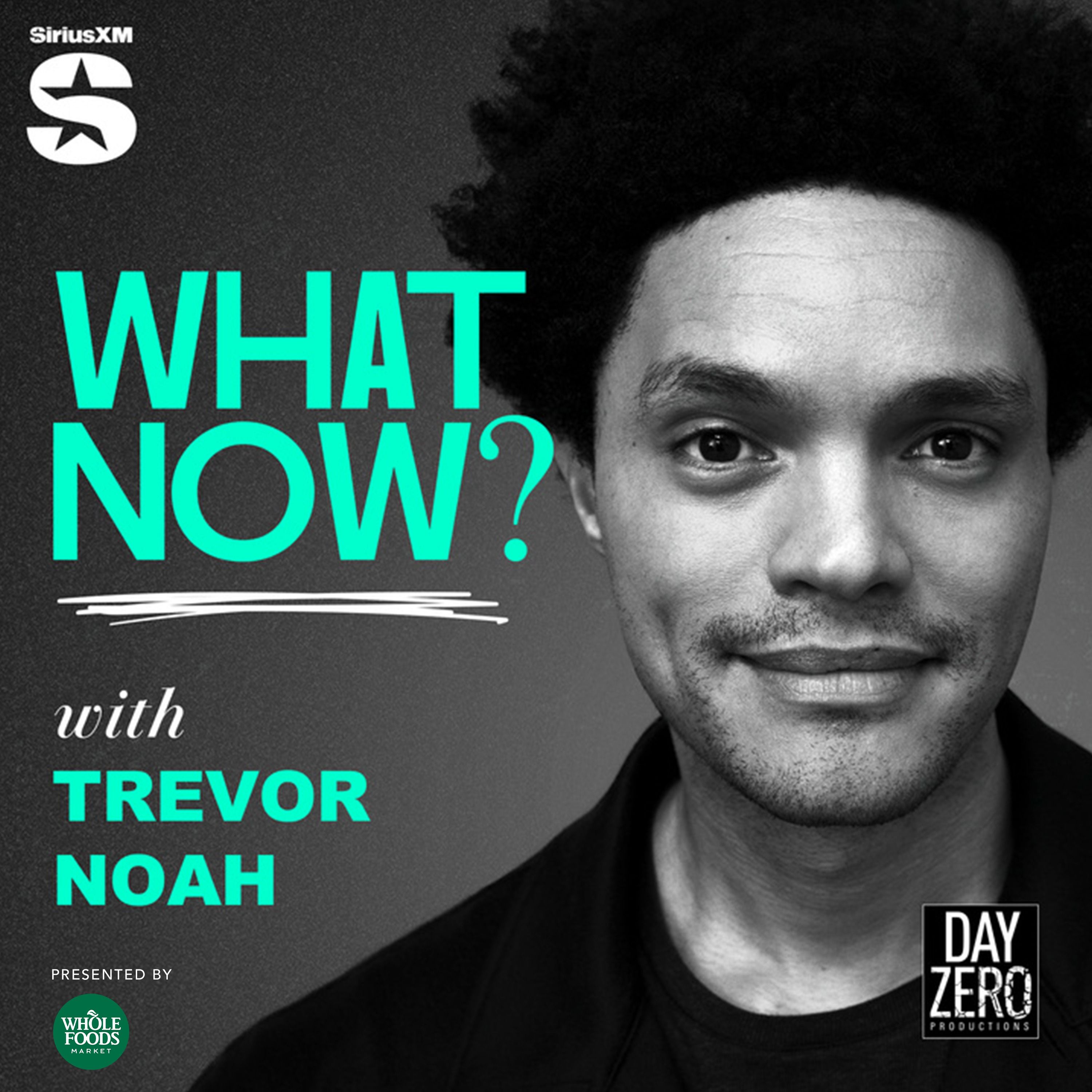
What Now? with Trevor Noah
Trevor Noah
No Stupid Questions
Freakonomics Radio + Stitcher
Entrepreneurial Thought Leaders (ETL)
Stanford eCorner
This Is That
CBC
Future Tense
ABC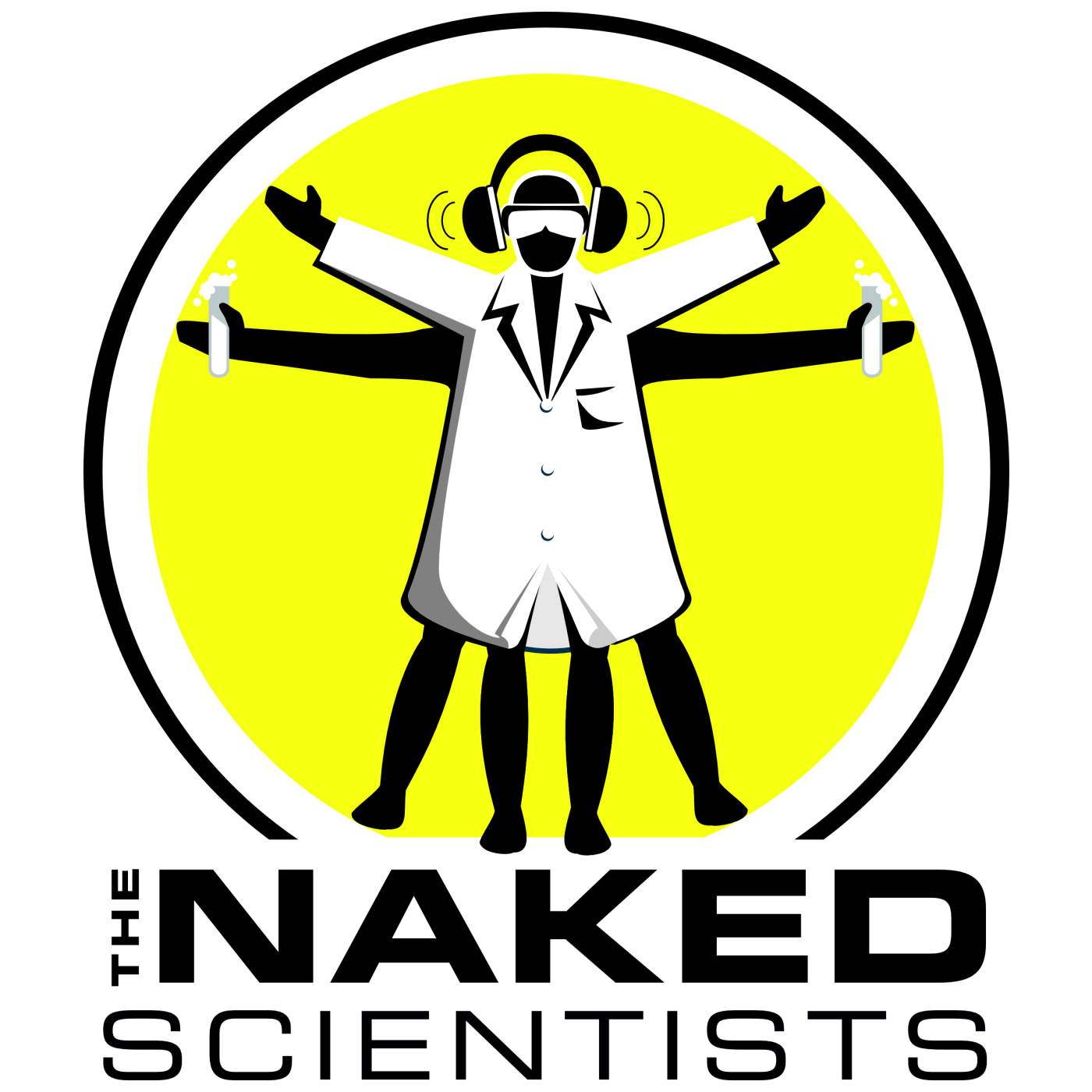
The Naked Scientists Podcast
The Naked Scientists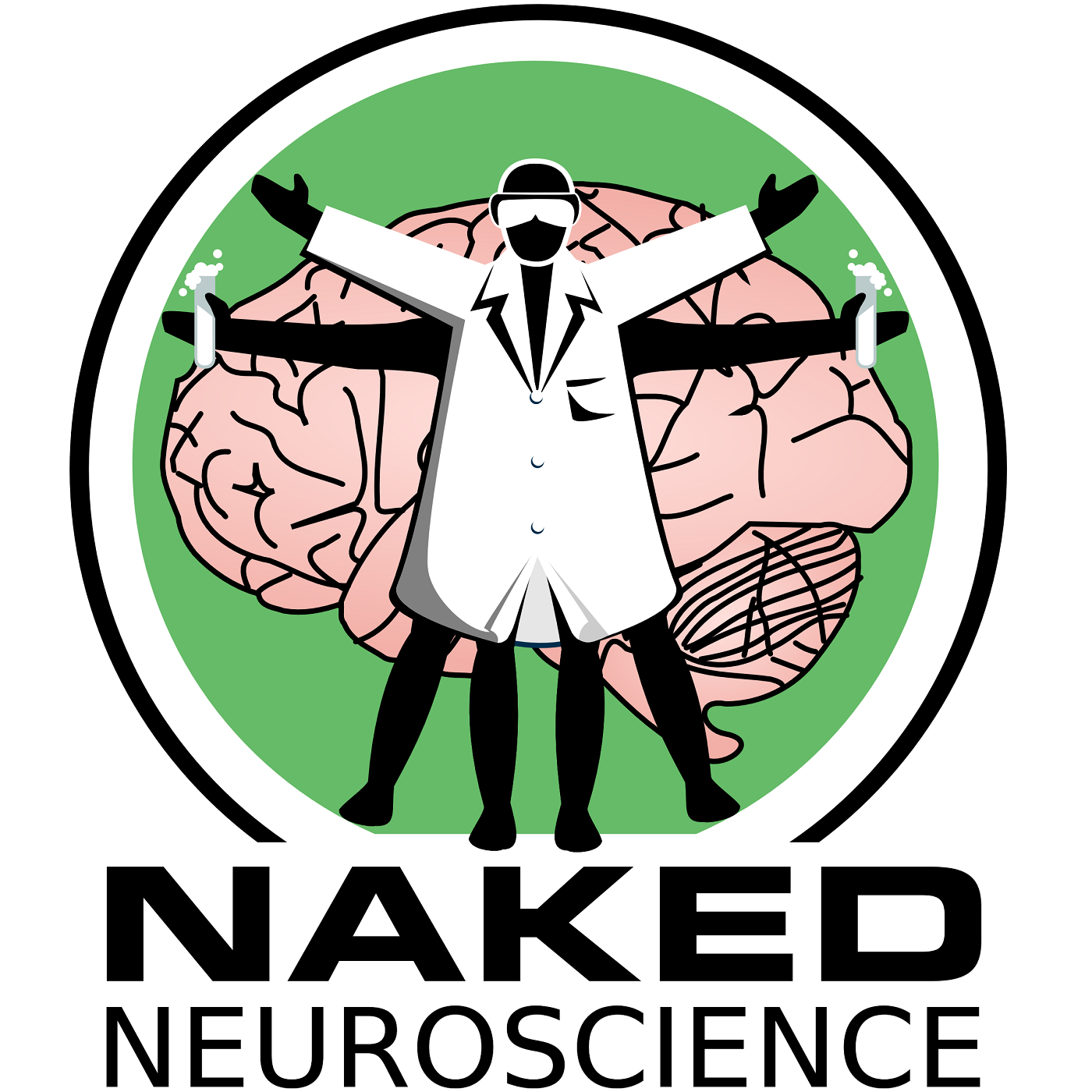
Naked Neuroscience, from the Naked Scientists
James Tytko
The TED AI Show
TED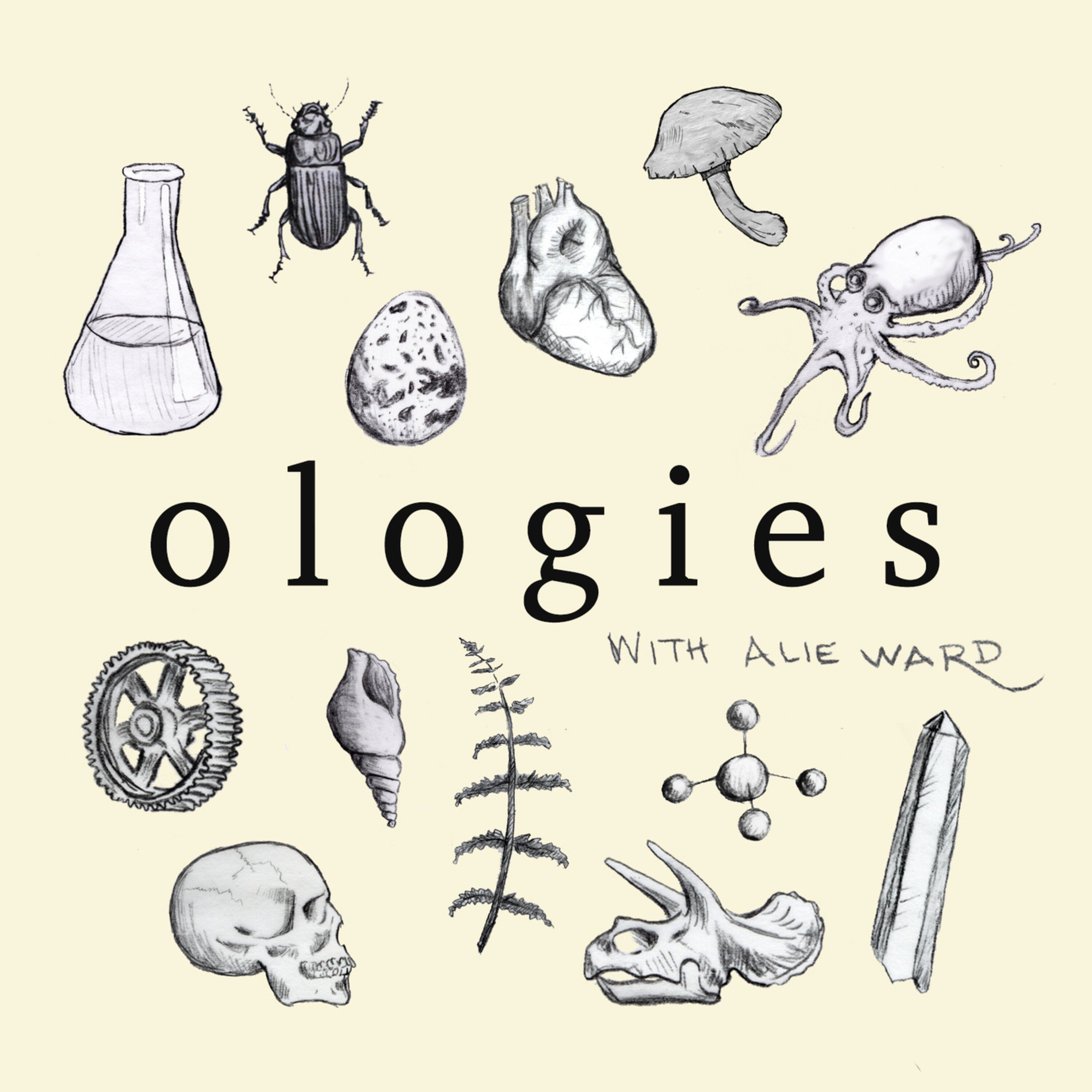
Ologies with Alie Ward
Alie Ward
The Daily
The New York Times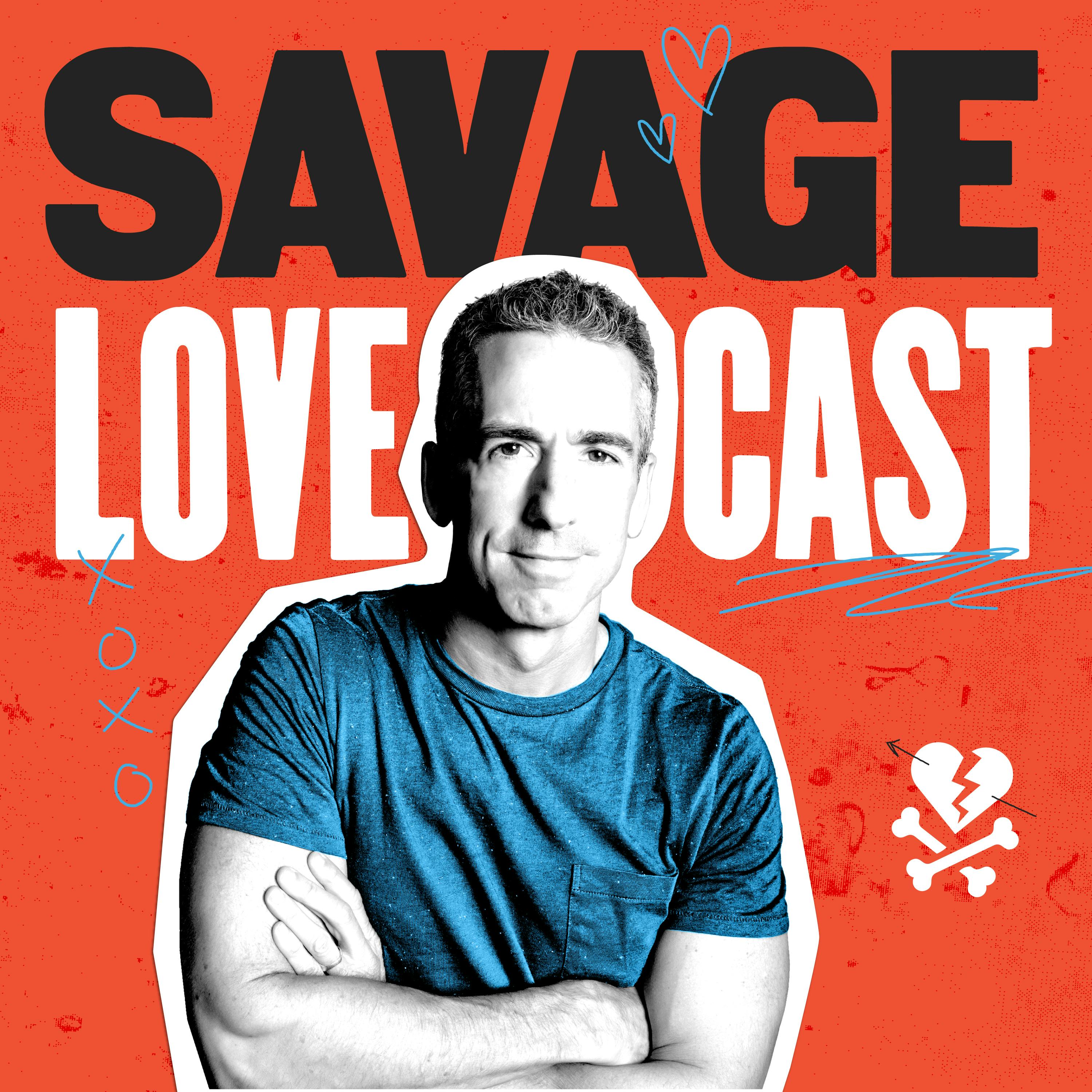
Savage Lovecast
Dan Savage
Huberman Lab
Scicomm Media
Freakonomics Radio
Freakonomics Radio + Stitcher
Ideas
CBC
